Teano. Church of S. Antonio Abate
2023
Dating back to the 14th century, the Church is made up of a single rectangular nave and a semicircular apse, the latter frescoed with episodes from the life of the Saint.
You may also like
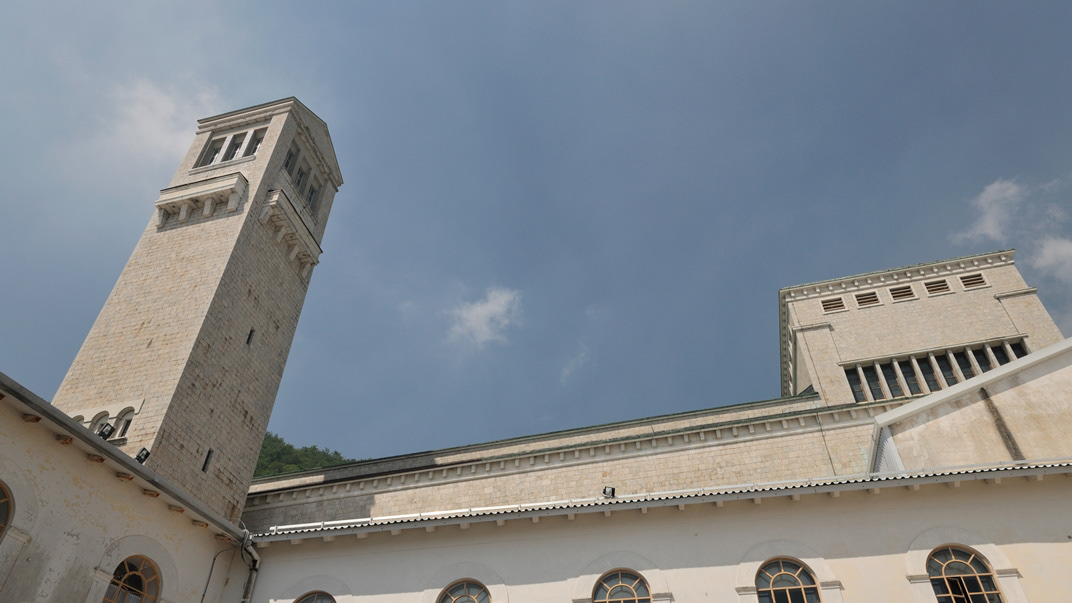
2008
The Sanctuary of Montevergine (AV)
The sanctuary of Montevergine is a Marian monastic complex of Mercogliano, located in the hamlet of Montevergine: it is a national monument. The territorial abbey of Montevergine is one of the six Italian territorial abbeys. Inside the painting of the Madonna di Montevergine is venerated and it is estimated that every year it is visited by about one and a half million pilgrims.
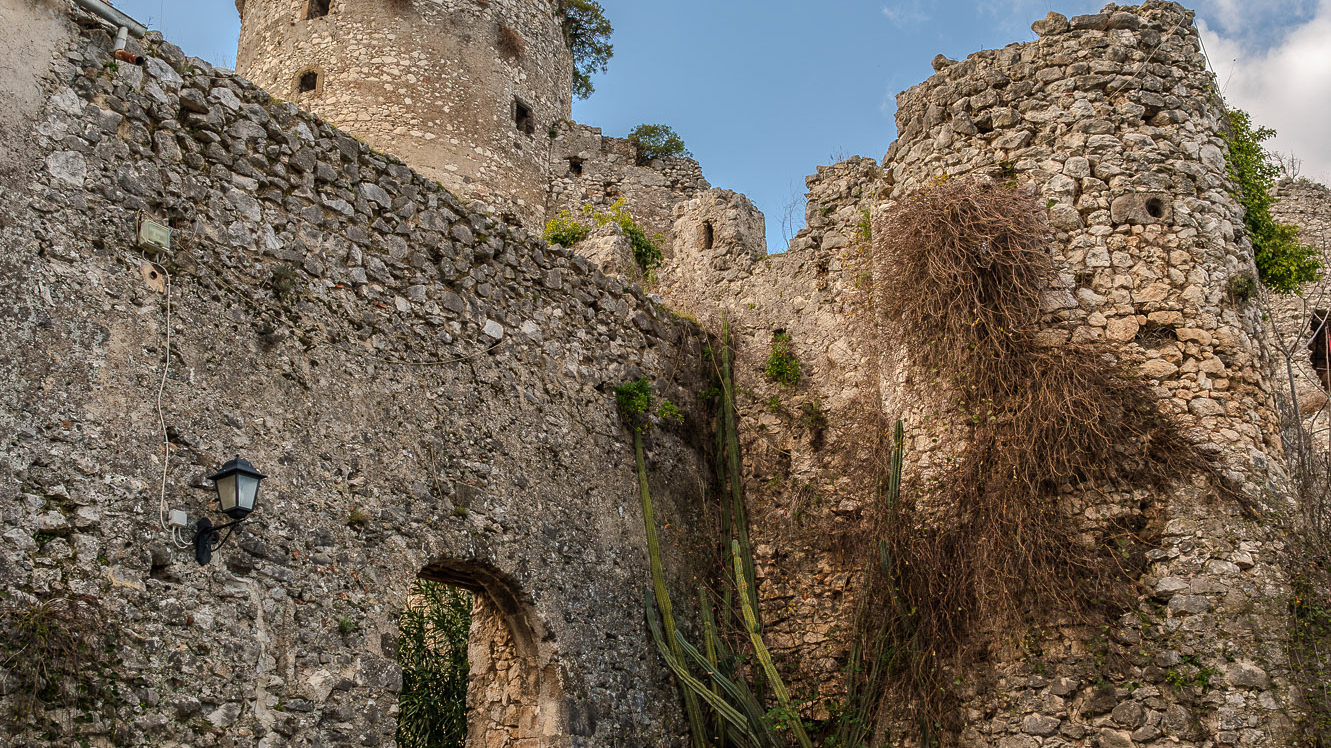
2024
The Avalos castle of Vairano Patenora
The Avalos castle of Vairano Patenora is a square-shaped building with stone perimeter walls and four cylindrical corner towers. it was built by Ripandulf VI in the 11th century.
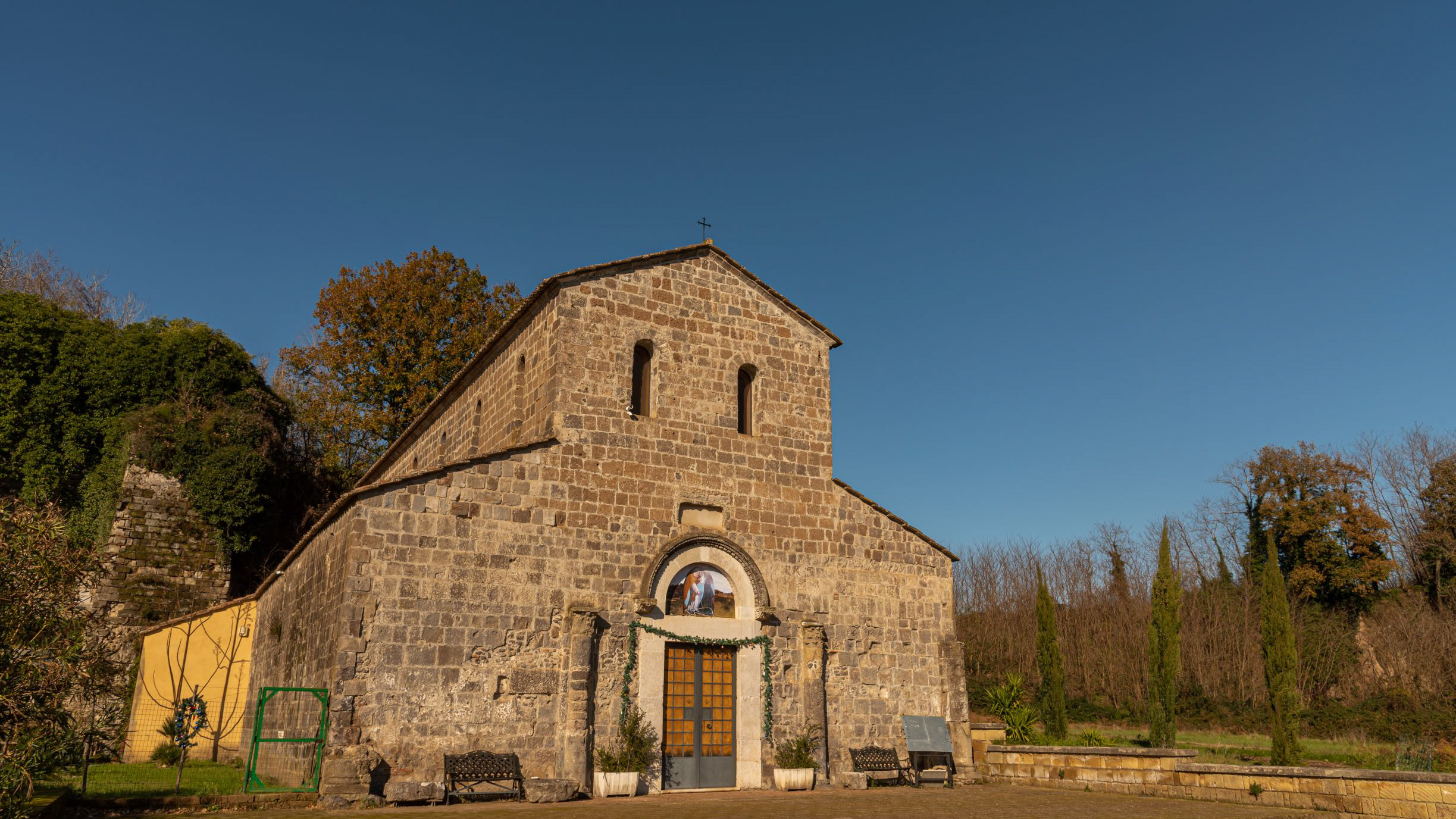
2020
Teano. Church of San Paride ad Fontem
The building of S. Paride is a church with a basilica structure with three naves, and termination with a semicircular apse. The facade, where it is possible to admire the building technique in tuff blocks arranged in regular rows, is characterized by the presence of two semi-columns in tuff on the sides of the portal, and a third in the right corner. The half-columns each rest on a pilaster, also in tuff. A fourth semi-column must have been present near the left corner, where there is still a Tuscan base still in tuff. These still retain the Corinthian capitals of reuse, also in local tuff. The entrance is rather simple, with a molded secmicircular frame supported by two shelves with inlaid motifs in plants. The marble frame still preserves the kyma lesbio decoration, followed by a curb with parallel lines and a second frame with denticles. The frame overlooks a lunette where traces of a fresco can no longer be read. The whole is surmounted by two mullioned windows. Internally, the naves are divided into six bays and separated by arches supported on each side by five quadrangular pillars. The light comes from the mullioned windows placed on the perimeter walls. A large opening, now flanked, also with a round arch, is visible along the left perimeter. The only piece of furniture is the so-called chair of S. Paride, made up of a reddish tuff block. The interior is rather simple, and still has a small crypt with burials in the crate.

2007
Vairano Patenora (CE), the Aragonese Castle
The Aragonese castle of Vairano was built on the remains of the Norman and Swabian ones between 1491 and 1503 by Innico II d'Avalos. It has four towers of which the largest, located to the south-east, is called "Torre mastra" and has an open atrium entrance. The interior is destroyed, but the subdivision of the floors, the kitchens, the prisons and the old cistern are still visible.
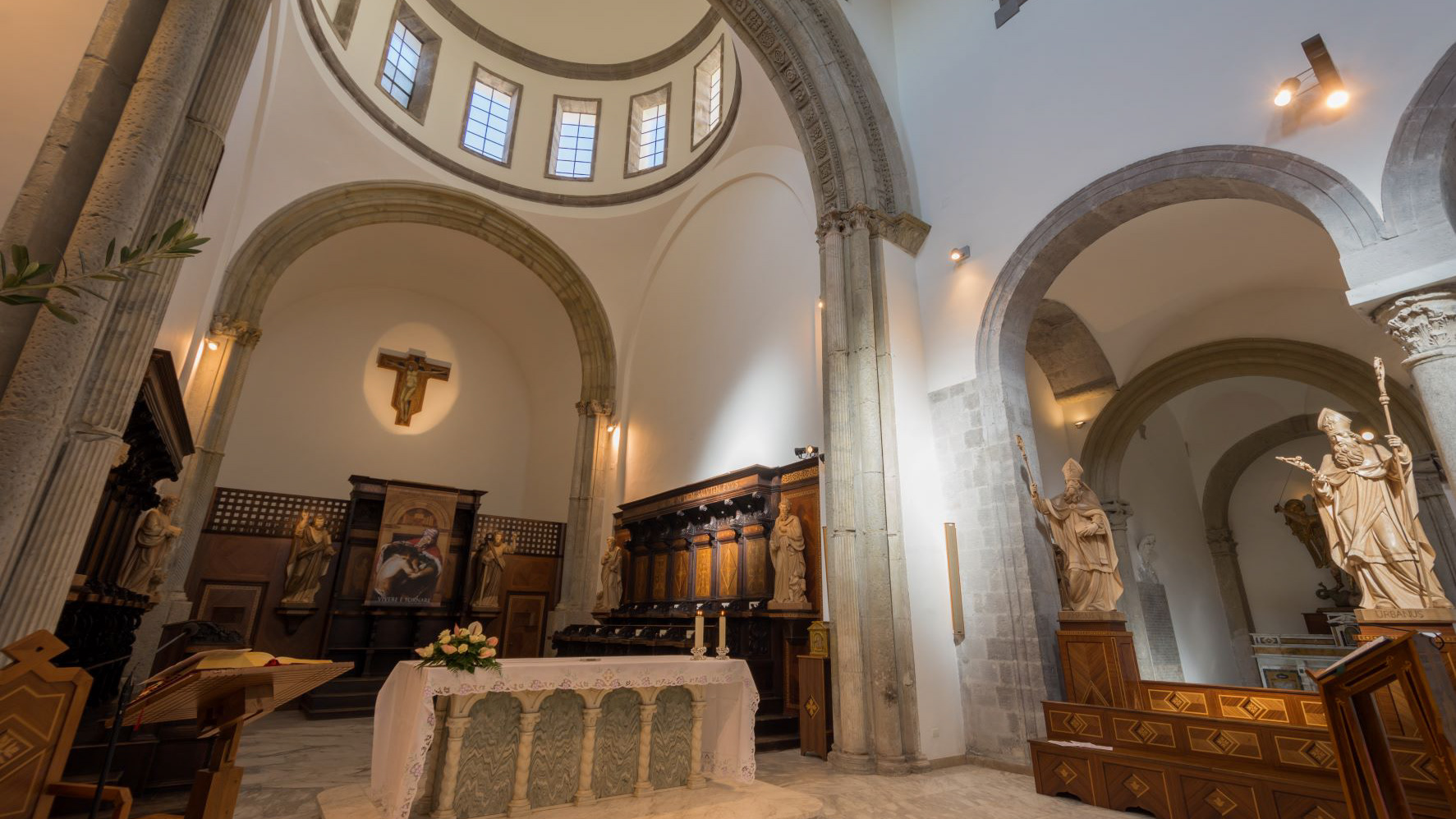
2021
Teano. The Dome. The Apse
The cathedral, originally dedicated to San Terenziano, was later named after San Clemente. Construction began in 1050 by Bishop Guglielmo, to replace the old cathedral of San Paride ad Fontem, located outside the city walls. The works were completed in 1116 by Bishop Pandulfo. The building has a basilica structure divided into three naves by two rows of columns. In 1608 it was damaged internally by a fire that almost completely destroyed the cosmates ambo, subsequently recomposed using the remains of the previous one integrated with the marble slabs of a fourteenth-century sepulchral monument already present in the church and positioned on twisted columns, two of which rested on fountain lions. During the 16th century the Romanesque apse was modified and on that occasion a precious carved wooden choir was built in the presbytery, built in 1539 by the Benedictine Antonio Maria Sertorio. The choir underwent two restorations, the first in the 17th century and the second in 1957, following the damage suffered during the Second World War.

2017
Casertavecchia, the Cathedral
The church, dedicated to San Michele Arcangelo, stands in a medieval village of Lombard origin located on the top of a hill, at 401 meters on the slopes of the Tifatini Mountains. The town is a hilly hamlet located about 10 kilometers from the capital and is today called "Caserta vecchia" or Casertavecchia but in the Middle Ages simply "Caserta" (originally Casa Hirta) before the name passed to the center on the plain (previously called Torri, then Caserta new and finally Caserta). Casertavecchia was an important fortified center, the seat of a Lombard county, later Norman, and the seat of a diocese, after the destruction, in the early Middle Ages, of the ancient episcopal seat of Calatia (near the current Maddaloni).
2022
Monumental Complex of San Leucio
The Belvedere of San Leucio is a monumental complex in that of Caserta, wanted by Charles of Bourbon, king of Naples and Sicily (and later king of Spain with the name of Charles III), which is considered, together with the Royal Palace of Caserta and all 'Vanvitelli Aqueduct, a UNESCO World Heritage Site.
2023
Teano. Church of San Francesco.
Teano. Church of San Francesco. Built in the fourteenth century, in Gothic style, by the Conventual Minors it was extensively remodeled in the Baroque age.
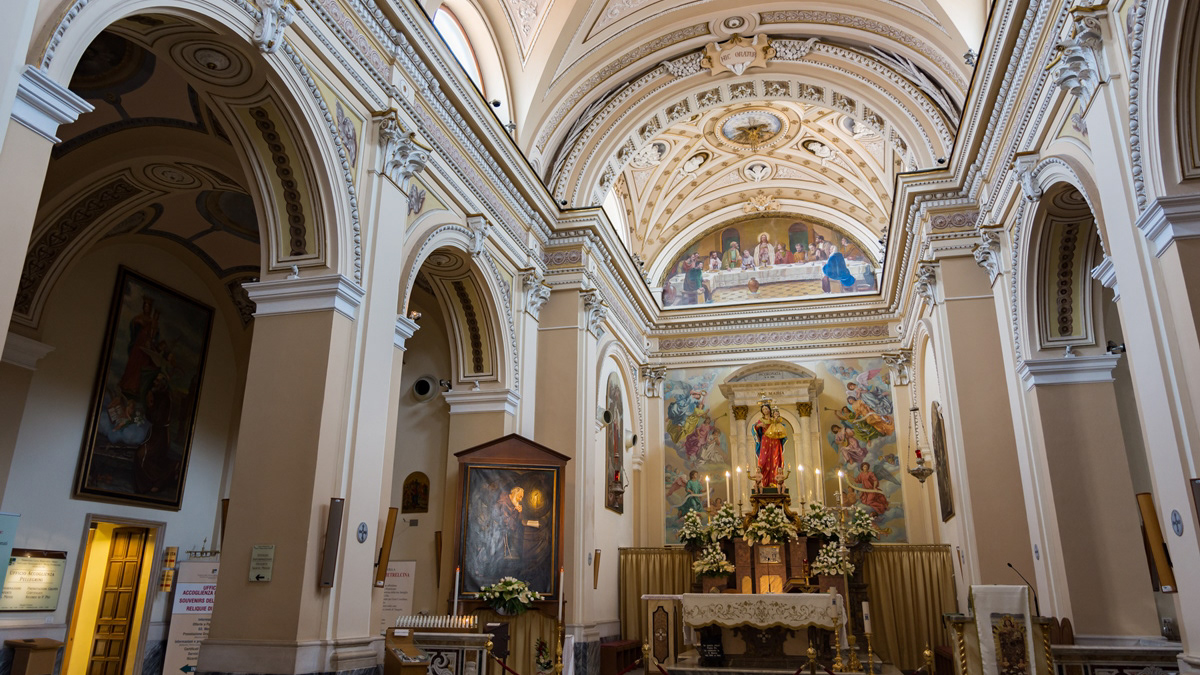
2017
Pietrelcina (BN), church of Santa Maria degli Angeli
Santa Maria degli Angeli, parish church of Pietrelcina, preserves the polychrome wooden statue of the Neapolitan school of the end of the seventeenth century depicting the Madonna della Libera, patron saint of Pietrelcina, which Padre Pio affectionately calls "our Madonnella". In this church Fra Pio began his apostolate and, having obtained the diaconate, he administered the first baptism to a child who later became a Redemptorist priest. In this regard it is said that Padre Pio put so much salt, that the newborn, opening his little mouth, squinted his eyes - "smerzava l`uocchie" - words of Brother Pio, who frightened ran to the archpriest Don Salvatore Pannullo, saying: " I killed the child ”. On the eve of the solemnity of the Assumption, on 14 August 1910, four days after being ordained a priest, Padre Pio celebrated his first mass. A few days later he wrote to Father Benedetto of San Marco in Lamis: "For several days I was a little sick; perhaps the main cause of this was the too much emotion to which the spirit has been subject in these days… my heart is overflowing with joy and it feels stronger and stronger to encounter any affliction, when it comes to pleasing Jesus ”. In this church Padre Pio had interminable moments of prayer and intimacy with God, ecstasy at the foot of the altar, and the mystical phenomenon of the fusion of hearts: "The heart of Jesus and mine, allow me the expression, were no longer two hearts that beat, but only one. My heart was gone, like a drop of water that gets lost in the sea ”. And again: "I feel everything burn without fire ... a thousand flames consume me, I feel I am dying continuously and still alive". Padre Pio celebrated masses in this church that were "too long" and "incomprehensible mystery" so much so that the guardian father had asked the parish priest to recall him in his mind, because in this way he would immediately obey him out of holy obedience.
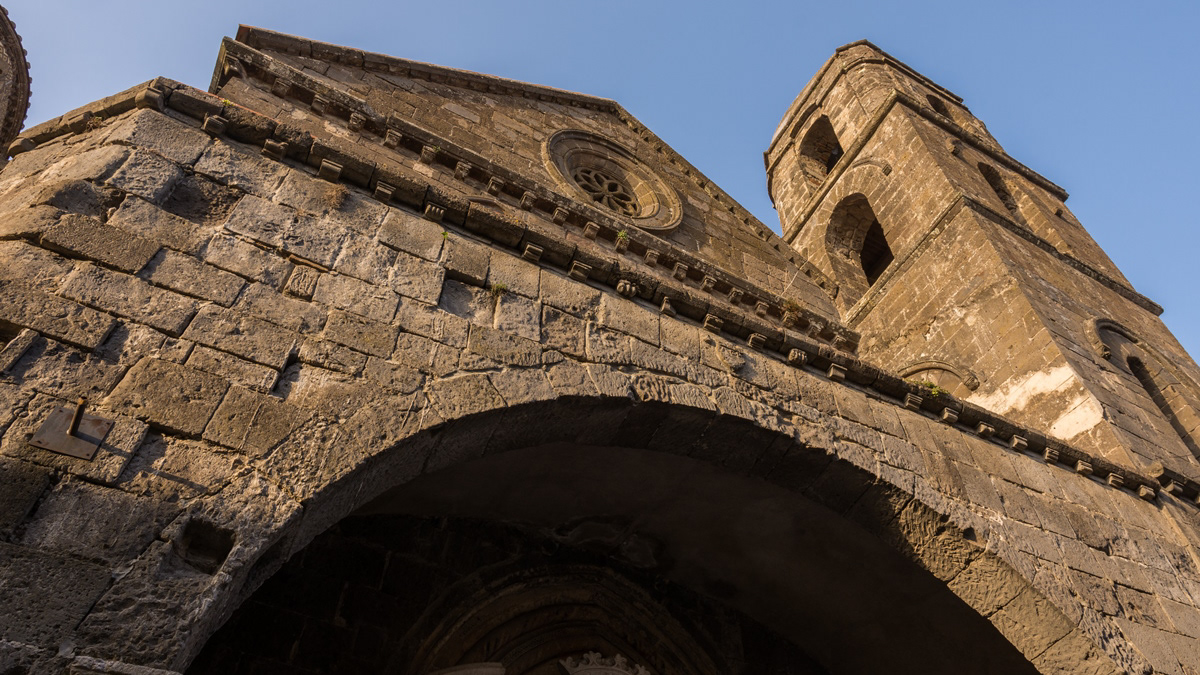
2017
Casertavecchia, church of the Annunciation
